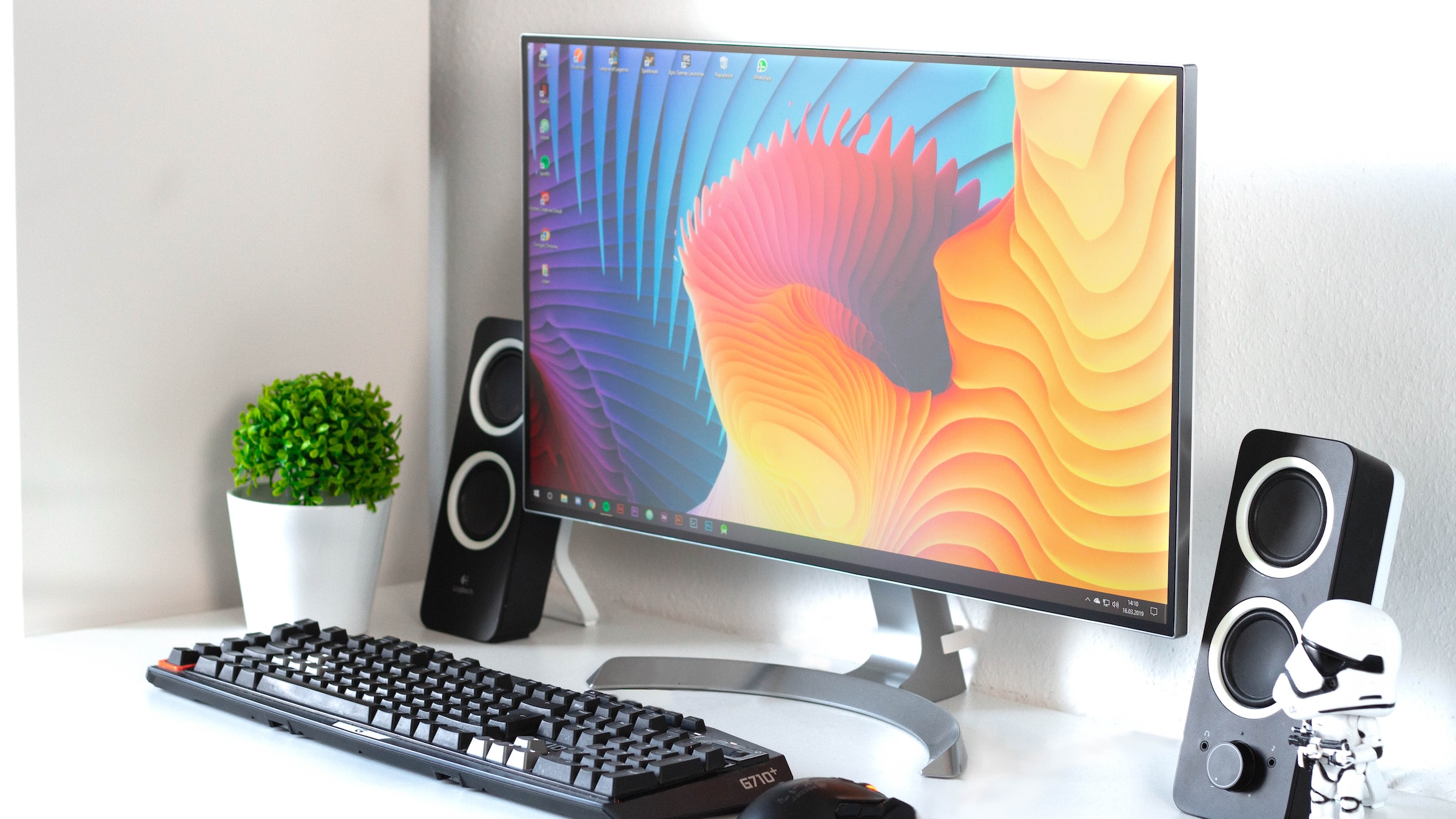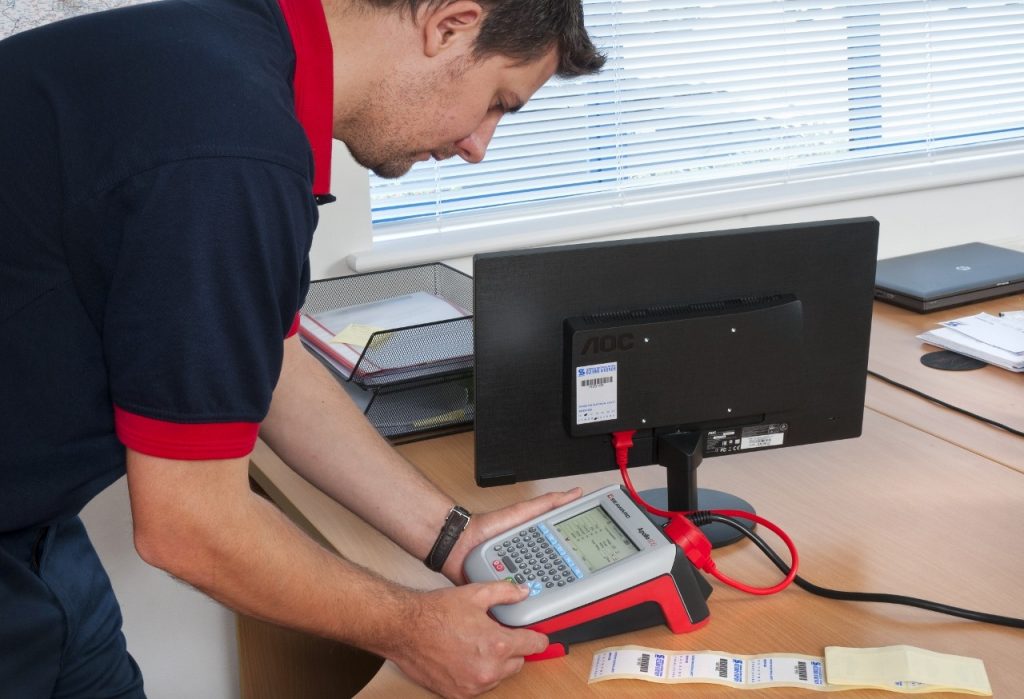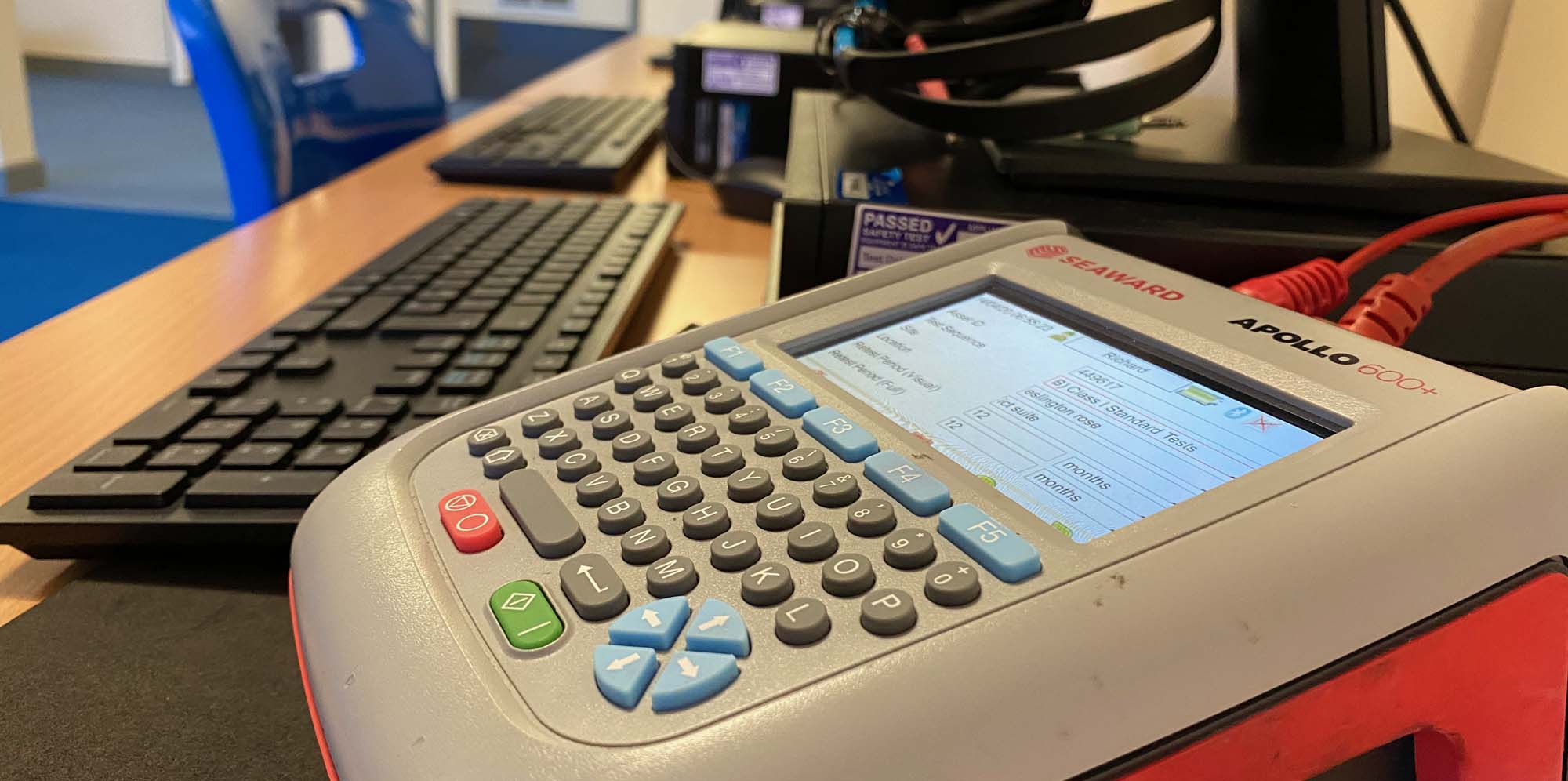PAT testing is a security protocol that verifies that a device has been configured with the correct software and operating system, as well as any patches or updates. It is commonly used to ensure that a computer or any other electrical appliance has not been tampered with. It uses a small amount of electricity to test your PC for potential problems.
PAT testing is essential for electrical appliances to ensure that they are working fine and there is no risk in operating any devices that run on electricity including machines and equipment used in factories. It is essential to perform regular tests to identify any hidden defects. In this article, you will get insights into the potential risk of damaging your PC while performing PAT testing.
Can PAT testing harm your computer?

When you perform PAT testing of your electrical appliances, computers are a part of it as well. However, the procedure to perform testing on computers is different from regular testing. It must be done by following certain guidelines to make sure your computer is not damaged in the process.
Some people worry that it might affect their computer, but in reality, it won’t do any long-term damage. If you don’t take precautions it might shorten the life of your hardware. But if you are following the guidelines and the correct testing regime then you can avoid this problem and keep your system safe from damage.
If you are looking for a trusted and reliable PAT testing company then visit this website to schedule a PAT testing regime for your PC and other electrical appliances at budget-friendly rates.
How to perform PAT testing on PC?
1. Test the cords and wires
It is important to test cords and wires that connect with the power supply. Make sure that there are no defects in them, and there aren’t any loose live openings. Once you are done checking the cords now examine the plug and ensure there aren’t any exposed internals or broken flex. This ends the first phase.
The second phase of testing the cords and wires includes an insulation test, polarity and earth continuity test. To begin with, the insulation test is the measurement of test voltage at 500V DC for cords connected to a PC. The polarity test examines the live and neutral conductor. This is essential for almost all electrical appliances. Lastly, the earth continuity test measures the proper flow of current through the earth cable which maintains resistance of the connection. Defects in earth cable can cause damage to your computer.
Once you have finished testing all the cords and wires, you will want to make sure that everything is properly connected to your computer. Make sure that all the cords are firmly plugged into their respective ports and that there are no loose or dangling wires. You should also ensure that no parts of a cord are touching another part of a cord.
The purpose of this is to ensure that there are no problems with the cord or wire that connects to the power supply. If these tests get a green signal then you can start examining the computer. These will determine whether the wires are in good condition and don’t pose any threats.
2. Thoroughly examine the computer

The next step is a thorough examination of the computer. This is the crucial step of PAT testing your PC and if not done properly it can cause damage to your computer. The main purpose of this test is to examine the hardware and software of your PC. To begin the test, first ensure that the computer is connected to a PAT tester.
Now quickly examine all the major components of your PC visually and look for any potential problems. If there are any issues with either one of these components, then it would be best for you to replace it before proceeding with any further testing. Once you have done a visual inspection, repeat the same tests done while examining the cords and wires i.e., insulation test, polarity and earth continuity test. This must be performed carefully following the guidelines or else it can damage other parts of your PC.
If you are not an expert and are not aware of the guidelines then it’s better to avail of PAT testing services from a reliable agency that will handle everything professionally ensuring the safety of your device.
Precautions to take when PAT testing your PC
- Don’t try PAT testing unless you know what you’re doing. If you’re not comfortable with it and have no idea what to do when things go wrong, then don’t do it! It’s not worth risking your data or hardware just because it might seem easy and allows you to find out more about your PC’s inner workings.
- Furthermore, make sure you have backups before beginning any kind of testing on your PC. Make sure they are stored on different hardware, so they won’t be affected by any downtime during the process.
- Disable all anti-malware and security software before starting the test. You can do this by uninstalling them or disabling them and then restarting your computer. This will ensure that there are no conflicts with any other software running on your computer during the test process.
- Turn off all privacy features on your browser during the test, as they may interfere with the results of the test process.
- Make sure that all the software on your computer is up-to-date with all updates. Otherwise, the examination won’t reflect accurate readings making the PAT testing regime useless. Also, ensure that your PC has been updated recently with security patches or other updates that affect performance.
The Bottom-line

PAT testing regime is essential for every business to avoid the chances of accidents caused by defects or malfunctioning electrical appliances. It also increases the efficiency of machines which saves costs and increases the productivity of your business. This testing regime will ensure the hardware and software of your PC are running safely.
When it comes to PAT testing your PC, ensure that you hire a professional who has the expertise and knows all the guidelines and the right procedure. This will ensure safe testing of your PC without causing any potential damage.









